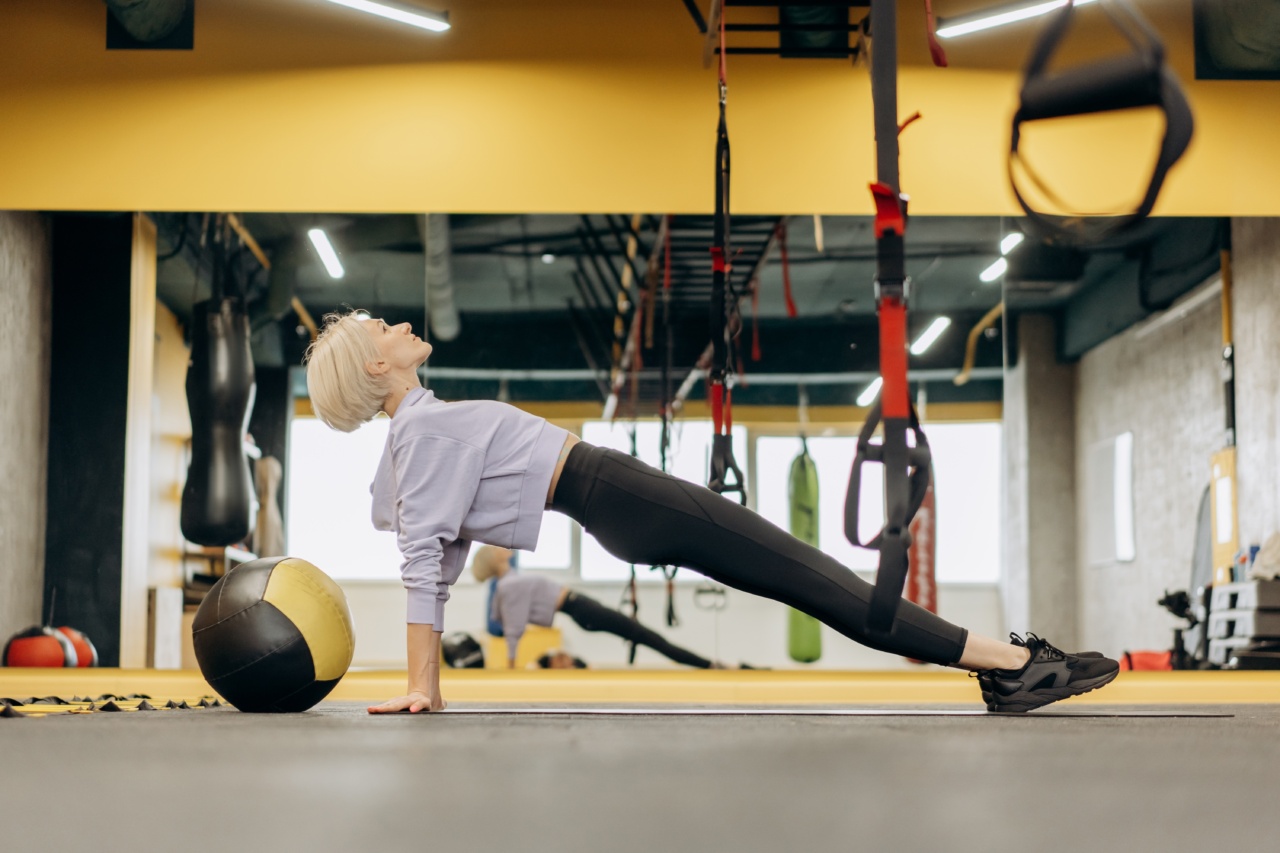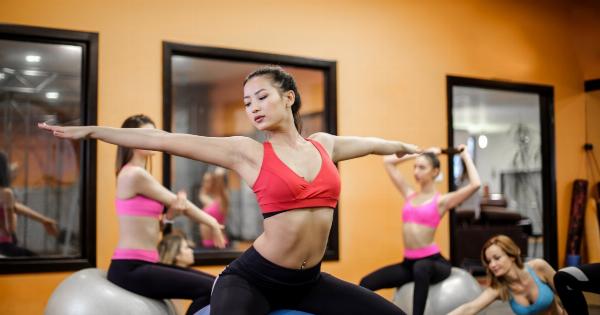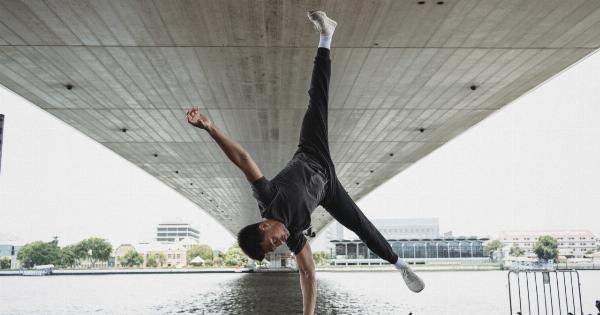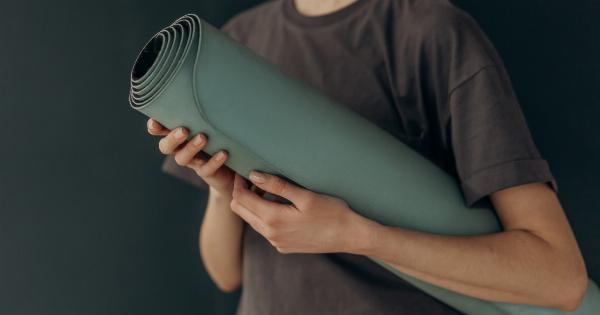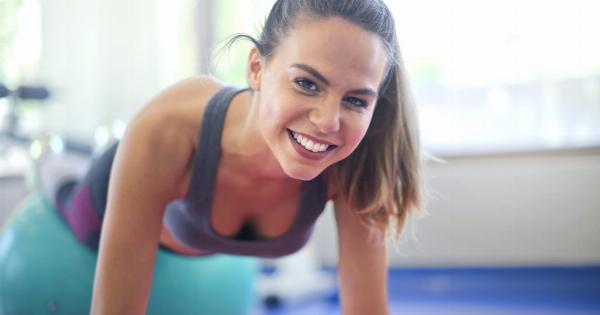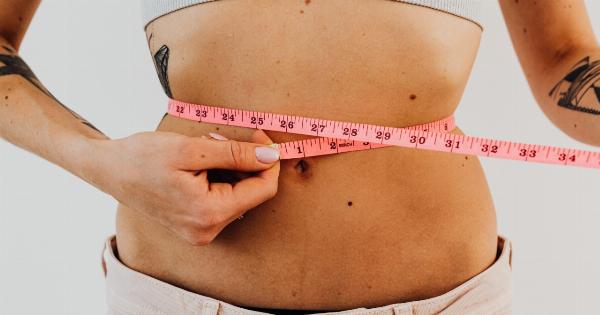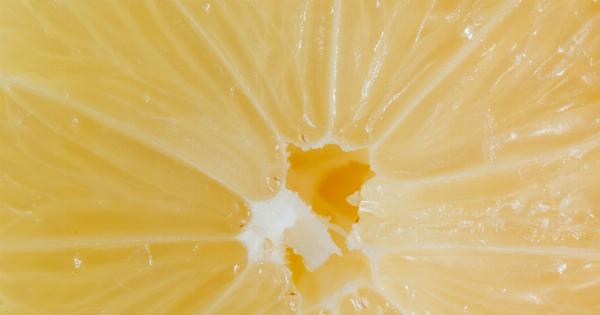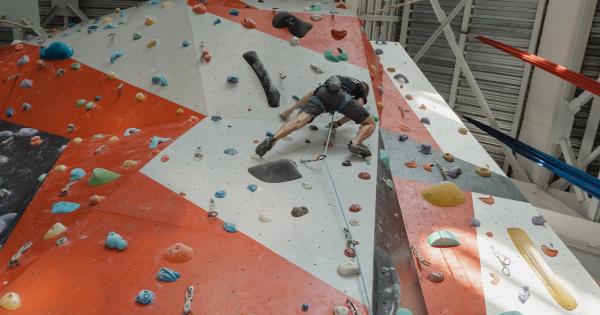Introduction:.
When it comes to strengthening and toning the core muscles, Pilates exercises are highly effective. One of the key tools used in Pilates workouts is the Pilates ball, also known as the stability ball or exercise ball.
This versatile piece of equipment adds an element of instability to your routine, engaging more muscles, and intensifying the workout. In this article, we will explore various Pilates ball exercises that specifically target the abs, back, and glutes, helping you achieve a stronger and more toned body.
1. Roll-Up:
The roll-up exercise is a classic Pilates move that targets the abdominal muscles, particularly the rectus abdominis. By incorporating the Pilates ball into this exercise, you can further enhance its effectiveness.
How to do it:.
1. Start by lying flat on your back with your legs extended and the Pilates ball held between your hands above your head.
2. Inhale deeply and as you exhale, engage your core and slowly roll your upper body off the mat, reaching towards your feet with the Pilates ball.
3. Inhale again and as you exhale, slowly lower your body back down to the starting position, maintaining control throughout.
Repeat this exercise for 10-12 reps, focusing on smooth and controlled movements.
2. Superwoman Back Extension:
The superwoman back extension exercise is an excellent way to strengthen the muscles of the back, including the erector spinae and the deep muscles that support the spine.
How to do it:.
1. Begin by lying face-down on the Pilates ball, with your hips resting on the ball and your legs extended straight behind you. Place your hands behind your head, elbows wide.
2. Inhale deeply and engage your core. As you exhale, lift your upper body and legs off the ball, reaching your arms forward.
3. Inhale again and as you exhale, lower your body back down to the starting position, maintaining control throughout.
Repeat this exercise for 10-12 reps, focusing on the contraction and extension of the back muscles.
3. Bridge with Leg Extension:
The bridge exercise is commonly used to target the glutes and hamstrings. By incorporating the Pilates ball and adding a leg extension, you can further challenge these muscles.
How to do it:.
1. Begin by lying on your back with your knees bent and your feet flat on the floor. Place the Pilates ball between your knees.
2. Inhale deeply and as you exhale, engage your core and lift your hips off the mat into a bridge position, squeezing the glutes.
3. Inhale again and as you exhale, extend one leg straight out in front of you, maintaining the bridge position. Hold for a few seconds.
4. Inhale once more and as you exhale, lower your extended leg back to the starting position, followed by your hips.
Repeat this exercise, alternating legs, for 10-12 reps, focusing on the stability of the bridge position and the engagement of the glutes.
4. Plank Pike:
The plank pike exercise is an advanced Pilates move that primarily targets the abdominal muscles, but it also engages the back muscles and challenges the stability of the entire body.
How to do it:.
1. Start in a high plank position with the Pilates ball placed under your feet. Your hands should be directly under your shoulders, and your body should form a straight line from head to heels.
2. Inhale deeply and engage your core. As you exhale, lift your hips up towards the ceiling, rolling the ball towards your arms and forming an inverted V shape with your body.
3. Inhale again and as you exhale, lower your hips back down to the starting plank position, maintaining control throughout.
Repeat this exercise for 10-12 reps, focusing on maintaining stability and a gradual movement.
5. Russian Twist:
The Russian twist is a popular Pilates exercise that targets the obliques, which are essential for core stability and rotation.
How to do it:.
1. Sit on the Pilates ball with your feet flat on the floor, hip-width apart. Walk your feet forward and lean back until your upper body and the ball are parallel to the floor.
2. Inhale deeply and engage your core. As you exhale, rotate your torso to the right, bringing the Pilates ball towards the right side of your body.
3. Inhale again and as you exhale, rotate your torso to the left, bringing the Pilates ball towards the left side of your body.
Repeat this exercise for 10-12 reps on each side, focusing on maintaining a strong core and controlled rotation.
6. Side-Lying Leg Lift:
The side-lying leg lift exercise targets the glute medius, which is essential for hip stability and proper alignment.
How to do it:.
1. Lie on your side with the Pilates ball positioned between your ankles. Place your upper body on the mat, resting your head on your arm or using a pillow for support.
2. Inhale deeply and engage your core. As you exhale, lift both legs off the mat, using the Pilates ball to create resistance.
3. Inhale again and as you exhale, lower your legs back down to the starting position, maintaining control throughout.
Repeat this exercise for 10-12 reps on each side, focusing on the contraction and extension of the glute muscles.
7. Pike with Ball Twist:
The pike with ball twist exercise combines the benefits of the plank pike and the Russian twist, targeting the abs, obliques, and shoulders.
How to do it:.
1. Start in a high plank position with the Pilates ball placed under your feet, similar to the plank pike exercise.
2. Inhale deeply and engage your core. As you exhale, lift your hips up towards the ceiling, bringing the Pilates ball towards your arms.
3. Inhale again and as you exhale, rotate your hips to one side, twisting your torso and bringing the Pilates ball towards the opposite arm.
4. Inhale again and as you exhale, rotate your hips back to the center and lower your hips back down to the starting plank position.
Repeat this exercise for 10-12 reps, alternating the twist on each side, focusing on maintaining stability and controlled movement.
8. Pilates Ball Crunch:
The Pilates ball crunch is a variation of the classic crunch exercise, which specifically targets the rectus abdominis.
How to do it:.
1. Sit on the Pilates ball with your feet flat on the floor, hip-width apart. Walk your feet forward and lean back until your lower back is supported by the ball.
2. Inhale deeply and engage your core. As you exhale, curl your upper body towards your thighs, keeping your lower back on the ball.
3. Inhale again and as you exhale, lower your upper body back down to the starting position, maintaining control throughout.
Repeat this exercise for 10-12 reps, focusing on the contraction and relaxation of the abdominal muscles.
9. Hamstring Curl:
The hamstring curl exercise targets the hamstrings, which are often neglected in traditional abdominal and core workouts.
How to do it:.
1. Start by lying on your back with your feet resting on the Pilates ball, knees bent, and arms by your sides.
2. Inhale deeply and engage your core. As you exhale, lift your hips off the mat, keeping your feet on the ball.
3. Inhale again and as you exhale, bend your knees and roll the ball towards your glutes, contracting your hamstrings.
4. Inhale once more and as you exhale, extend your legs back out, rolling the ball away from you, and lower your hips back down to the starting position.
Repeat this exercise for 10-12 reps, focusing on the control and stability of the movement.
10. Standing Balance:
The standing balance exercise is a challenging Pilates move that targets the core muscles, including the abs, back, and glutes, while also improving overall balance and stability.
How to do it:.
1. Stand with your feet hip-width apart, holding the Pilates ball with both hands in front of your chest.
2. Inhale deeply and engage your core. As you exhale, lift one foot off the ground, balancing on the opposite leg.
3. Inhale again and as you exhale, extend your lifted leg forward, keeping it straight, while simultaneously leaning forward from the hips and lowering the Pilates ball towards the floor.
4. Inhale once more and as you exhale, return to the starting position, maintaining control throughout.
Repeat this exercise for 10-12 reps on each leg, focusing on maintaining balance and stability throughout the movement.
Conclusion:
The Pilates ball is a powerful tool that can intensify your Pilates workout and specifically target your abs, back, and glutes.
By incorporating these Pilates ball exercises into your routine regularly, you can strengthen and tone these key areas, improving your overall core strength and stability. Remember to focus on proper form, control, and breathing throughout each exercise to maximize the benefits.
